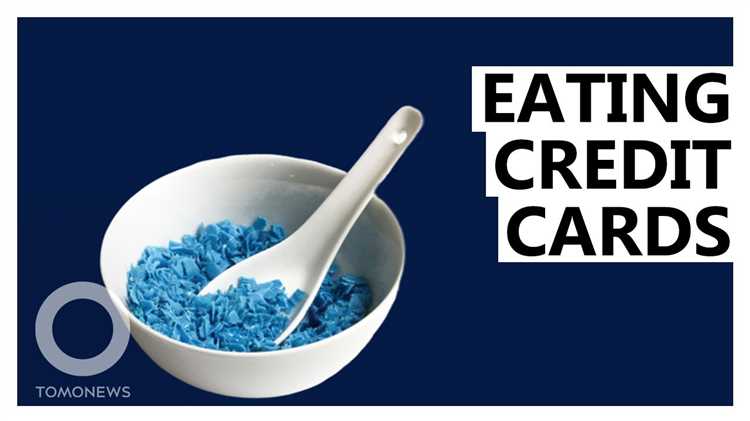
In today’s modern world, plastic has become an integral part of our daily lives. From packaging materials to household products, it is hard to imagine a world without plastic. However, the convenience and versatility of plastic come at a high cost – our planet’s health.
Did you know that humans consume a shocking amount of plastic every day? It may come as a surprise, but studies have shown that we unintentionally consume microplastics through various sources, including food, water, and even the air we breathe. These tiny particles, less than 5mm in size, have permeated every corner of our environment, posing a significant threat to both our health and the planet.
Plastic pollution has reached unprecedented levels, with over 8 million tons of plastic entering our oceans each year. This plastic waste breaks down into smaller pieces over time, finding its way into the food chain. Marine animals mistake these microplastics for food, resulting in severe health issues and death. Furthermore, the consumption of seafood contaminated with microplastics can have detrimental effects on human health, such as hormonal disruption, immune system suppression, and even the development of certain cancers.
It is crucial to raise awareness about the shocking amount of plastic we consume daily and its detrimental effects on our environment and health. By understanding the impact of our consumption habits, we can take steps to reduce our plastic waste and promote a sustainable future for generations to come. It is time to rethink our reliance on plastic and explore alternative materials and solutions that can preserve the health of our planet and ourselves.
- The Truth about Our Daily Plastic Consumption
- Unveiling the Alarming Facts
- The Ubiquity of Single-Use Plastics
- Hidden Dangers Lurking in Our Food and Drinks
- The Devastating Impact on Our Oceans and Wildlife
- Rethinking Our Plastic Dependency
- Simple Changes with Enormous Benefits
- 1. Bring Your Own Reusable Bags
- 2. Choose Alternatives to Plastic Straws
- 3. Refill and Reuse Water Bottles
- 4. Say No to Single-Use Plastics
- 5. Choose Products with Minimal Packaging
- Q&A:
- How much plastic do we consume daily?
- What are the possible sources of plastic consumption?
- What are the health risks associated with consuming plastic?
- Are there any steps we can take to reduce plastic consumption?
- Is there a global movement to reduce plastic consumption?
The Truth about Our Daily Plastic Consumption
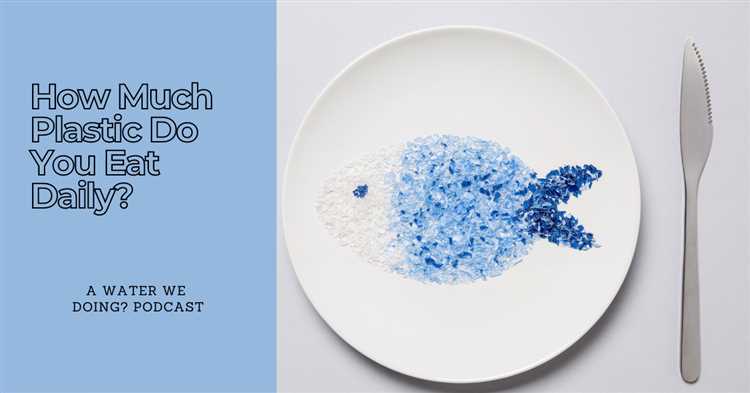
Plastic is an ubiquitous material in our daily lives, and its consumption has reached alarming levels. From the moment we wake up in the morning until we go to bed at night, we unknowingly consume a shocking amount of plastic.
One of the main sources of plastic consumption is our daily food and drink. Every time we grab a drink from a plastic bottle or enjoy a meal packaged in plastic containers, we are contributing to the plastic waste problem. According to a recent study, the average person consumes around 5 grams of plastic per week through drinking water alone.
In addition to our food and drink, plastic is also present in many other everyday items. For example, personal care products such as toothpaste and shampoo often come in plastic tubes or bottles. Household items like cleaning products and even clothing often have plastic components as well.
| Item | Plastic Consumption |
|---|---|
| Beverage Bottles | Approximately 500 billion per year worldwide |
| Food Packaging | More than 300 million tons per year |
| Plastic Bags | Over 5 trillion used worldwide annually |
| Personal Care Products | Countless items containing plastic packaging |
These figures are just a glimpse of the massive plastic consumption occurring daily around the globe. The convenience and versatility of plastic have led to its widespread use, but the environmental consequences are becoming increasingly evident.
Plastic waste ends up in our oceans, affecting marine life and ecosystems. Microplastics, tiny particles of plastic, have been found in the deepest parts of the ocean and have even entered the food chain, posing a threat to human health.
It is essential that we become more aware of our daily plastic consumption and take steps to reduce it. By opting for reusable containers, saying no to single-use plastics, and supporting initiatives for plastic recycling and reduction, we can make a real difference for our planet.
The truth about our daily plastic consumption should serve as a wake-up call. It’s time to rethink our habits and make sustainable choices for a cleaner and healthier future.
Unveiling the Alarming Facts
The amount of plastic we consume on a daily basis is truly astonishing. From the moment we wake up to the time we go to sleep, plastic is a constant presence in our lives. Whether it’s the toothbrush we use in the morning, the water bottle we carry with us throughout the day, or the food packaging we throw away after meals, plastic is everywhere.
In fact, studies have shown that an average person can consume up to 5 grams of plastic every week, which is equivalent to a credit card’s weight. This shocking statistic highlights the extent to which plastic has infiltrated our daily routine and the potential impact it can have on our health.
Plastic pollution has become a global crisis, with devastating consequences for our environment and wildlife. It’s estimated that around 8 million tons of plastic end up in our oceans every year, endangering marine life and ecosystems. The alarming fact is that if we continue on this path, by 2050 there will be more plastic in the ocean than fish.
Furthermore, the production and disposal of plastic have significant carbon emissions, contributing to climate change. Plastic is derived from fossil fuels, and its manufacturing processes release greenhouse gases into the atmosphere. The alarming truth is that the plastic we consume today will continue to negatively impact our planet for generations to come.
It’s crucial for us to understand the magnitude of our plastic consumption and take action to minimize our plastic footprint. By making small changes in our daily habits, such as using reusable shopping bags, opting for glass or metal water bottles, and avoiding single-use plastic items, we can make a big difference in reducing plastic waste and protecting our environment.
The time to act is now. Let’s unveil the alarming facts about plastic consumption and make sustainable choices for the well-being of our planet and future generations.
The Ubiquity of Single-Use Plastics
Single-use plastics have become an ingrained part of our daily lives. From the moment we wake up until we go to bed, we are surrounded by these convenient but harmful items. Whether it’s the plastic toothbrush we use in the morning, the disposable coffee cup we grab on our way to work, or the plastic utensils we use for lunch, they all contribute to the shocking amount of plastic waste we generate.
The problem with single-use plastics is their short lifespan. They are designed to be used once and then discarded, often ending up in landfills or oceans. Unfortunately, the convenience they provide comes at a great cost to the environment. Plastic takes hundreds of years to decompose, and during this time, it can leach harmful chemicals into the soil and water, posing a threat to wildlife and ecosystems.
Single-use plastics are so prevalent and pervasive that it’s hard to imagine our lives without them. But we need to start making changes to reduce our plastic consumption. By opting for reusable alternatives like metal straws, cloth shopping bags, and refillable water bottles, we can significantly reduce the amount of plastic waste we generate daily.
It’s time to rethink our reliance on single-use plastics and find more sustainable solutions. Together, we can make a difference and create a cleaner and healthier planet for future generations.
Hidden Dangers Lurking in Our Food and Drinks
In our modern society, plastic has become an integral part of our everyday lives. We encounter it everywhere, from the packaging of our food and drinks to the containers we use to store them. However, what many people do not realize is the hidden dangers that lurk in the plastic materials that come into contact with our food and drinks.
Plastic is made from a variety of chemicals, including bisphenol A (BPA) and phthalates. These chemicals can leach into our food and drinks, especially when exposed to heat or acidic conditions. BPA and phthalates have been linked to a range of health issues, including hormonal imbalances, reproductive problems, and even some forms of cancer.
The presence of microplastics is another growing concern. Microplastics are tiny particles of plastic that can contaminate our food and drinks. These particles come from a variety of sources, including the breakdown of larger plastic items and the shedding of microfibers from synthetic fabrics. Studies have shown that microplastics can accumulate in our bodies and may have detrimental effects on our health.
Furthermore, the use of single-use plastic products, such as plastic straws and utensils, contributes to the pollution of our oceans and ecosystems. Every year, millions of tons of plastic end up in the ocean, where they break down into smaller pieces and are ingested by marine animals. These animals can then enter the human food chain, posing a potential risk to our health.
It is essential to raise awareness and take action to reduce our consumption of plastic and find alternative, sustainable solutions. Switching to reusable containers, opting for products with minimal or no plastic packaging, and supporting initiatives that promote recycling and the use of biodegradable materials are all steps we can take to protect our health and the environment.
By understanding the hidden dangers lurking in our food and drinks, we can make informed choices and work towards a future where plastic consumption is minimized, and our well-being is prioritized.
The Devastating Impact on Our Oceans and Wildlife
Plastic pollution has had a devastating impact on our oceans and wildlife. The excessive consumption and improper disposal of plastic products have caused significant harm to marine ecosystems and the creatures that call the oceans their home.
One of the greatest concerns is the plastic waste that makes its way into our oceans. Every year, millions of tonnes of plastic end up in the water, posing a serious threat to marine life. Sea turtles, dolphins, whales, and other marine animals often mistake plastic debris for food and ingest it, causing internal injuries, starvation, and even death.
Not only does plastic harm marine animals directly, but it also impacts their habitats. Plastic pollution can suffocate and destroy coral reefs, which serve as vital breeding grounds and sources of food for many marine species. The presence of plastic waste can disrupt the delicate balance of marine ecosystems, leading to a decline in biodiversity and the disruption of entire food chains.
In addition to the visible impact on wildlife, plastic pollution also has long-term consequences for human health. Fish and other seafood that have consumed plastic can enter our food chain, exposing us to harmful chemicals and toxins. Microplastics, tiny particles of broken-down plastic, have been found in the deepest parts of our oceans and in the bodies of marine organisms. The long-term effects of these microplastics on human health are still not fully understood, but studies have shown that they can have detrimental effects on marine life, including reproductive and developmental problems.
The devastating impact of plastic pollution on our oceans and wildlife cannot be ignored. It is crucial that we take immediate action to reduce our consumption of single-use plastics, improve waste management systems, and promote recycling and sustainable alternatives.
Rethinking Our Plastic Dependency
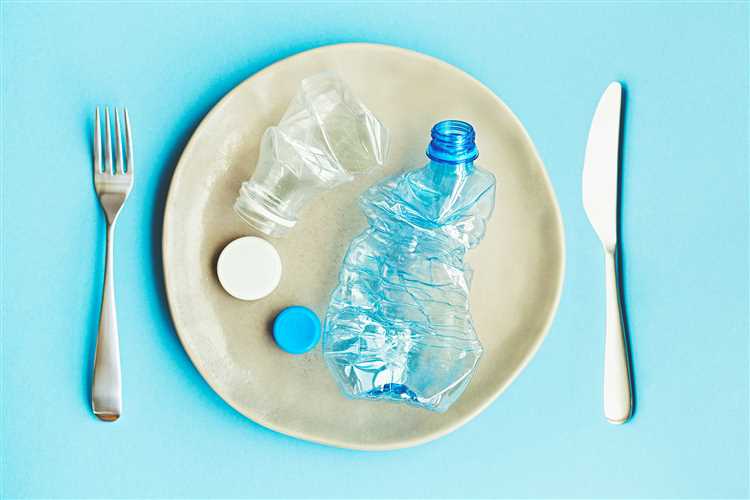
Plastic has long been a convenient and inexpensive material that we use on a daily basis. From packaging our food to storing our belongings, plastic has become an undeniable part of our lives. However, it’s time for us to rethink our dependency on this material.
Plastic pollution is one of the biggest environmental challenges we face today. It takes hundreds of years for plastic to break down, and in the meantime, it accumulates in our oceans and landfills, harming wildlife and ecosystems.
Reducing our plastic consumption is not just an environmental responsibility; it’s also a matter of human health. Many plastics contain harmful chemicals that can leach into the food and drinks we consume, posing risks to our well-being.
Fortunately, there are alternative materials and practices that can help us reduce our plastic dependency. Switching to reusable bags, bottles, and utensils is a simple step that can make a big difference. Supporting companies that use sustainable packaging and opting for fresh, unpackaged produce are other ways to reduce plastic waste.
It’s also important for governments, industries, and individuals to work together to find innovative solutions. Investing in research and development of biodegradable materials, implementing effective recycling systems, and raising awareness about the consequences of plastic pollution are crucial steps in tackling this issue.
Rethinking our plastic dependency requires a shift in mindset and a commitment to making sustainable choices. By reducing our plastic consumption and supporting environmentally-friendly alternatives, we can protect our planet for future generations.
Simple Changes with Enormous Benefits
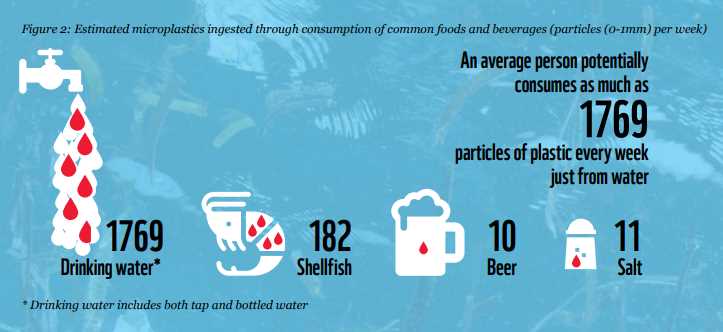
While the issue of plastic consumption may seem overwhelming, there are simple changes that we can incorporate into our daily lives that can have enormous benefits for the environment. These small actions can add up, making a big difference in reducing plastic waste and pollution.
1. Bring Your Own Reusable Bags
One of the easiest changes you can make is to bring your own reusable bags when shopping. By avoiding single-use plastic bags, you can significantly reduce the amount of plastic waste that ends up in landfills and oceans. Keep a few reusable bags in your car or purse so you always have them on hand.
2. Choose Alternatives to Plastic Straws
Plastic straws are a major source of plastic pollution, often ending up in waterways where they harm marine life. Opt for reusable or biodegradable alternatives such as stainless steel, bamboo, or paper straws. Better yet, skip the straw altogether or bring your own reusable straw.
3. Refill and Reuse Water Bottles
Purchasing bottled water contributes to a significant amount of plastic waste. Instead, invest in a durable, BPA-free water bottle and fill it up with tap water. Not only will you save money in the long run, but you’ll also prevent countless plastic bottles from ending up in landfills.
4. Say No to Single-Use Plastics
Avoid using single-use plastic items such as disposable cutlery, plates, and cups. Instead, opt for reusable versions made from materials like stainless steel or bamboo. These items are not only more eco-friendly but also often more durable and stylish.
5. Choose Products with Minimal Packaging
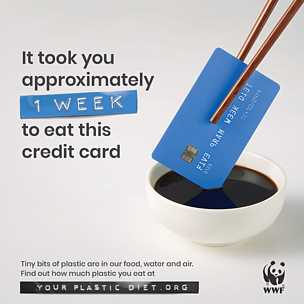
When shopping for products, opt for items with minimal packaging. Look for products that come in glass, metal, or cardboard packaging instead of plastic. Additionally, consider buying in bulk to reduce the amount of packaging waste generated.
By implementing these simple changes and encouraging others to do the same, we can make a significant impact in reducing plastic consumption and protecting our planet for future generations.
Q&A:
How much plastic do we consume daily?
We consume an astonishing amount of plastic daily, with estimates suggesting that on average, individuals consume about 5 grams of plastic every week. This is equivalent to consuming a credit card’s worth of plastic each week.
What are the possible sources of plastic consumption?
There are numerous possible sources of plastic consumption, including drinking water from plastic bottles, eating food packaged in plastic containers, and even inhaling microplastics present in the air we breathe. Plastic can also be ingested through the consumption of seafood that has consumed microplastics.
What are the health risks associated with consuming plastic?
Consuming plastic can have various health risks. Plastic contains harmful chemicals such as phthalates and bisphenol A (BPA), which have been linked to hormonal disruptions and other serious health issues. Additionally, microplastics can accumulate in our bodies over time and may lead to inflammation, organ damage, and increased risk of cardiovascular diseases.
Are there any steps we can take to reduce plastic consumption?
Yes, there are several steps we can take to reduce plastic consumption. We can start by using reusable water bottles and shopping bags instead of single-use plastic ones. We should also try to avoid purchasing products with excessive plastic packaging and opt for eco-friendly alternatives. Recycling and properly disposing of plastic waste is also crucial in minimizing our overall plastic consumption.
Is there a global movement to reduce plastic consumption?
Yes, there is a growing global movement to reduce plastic consumption. Many countries and cities have implemented bans or taxes on single-use plastic items like bags and straws. Various organizations and initiatives are also raising awareness about the issue and promoting sustainable alternatives. Additionally, individuals are becoming more conscious of their plastic consumption and actively seeking ways to reduce it.